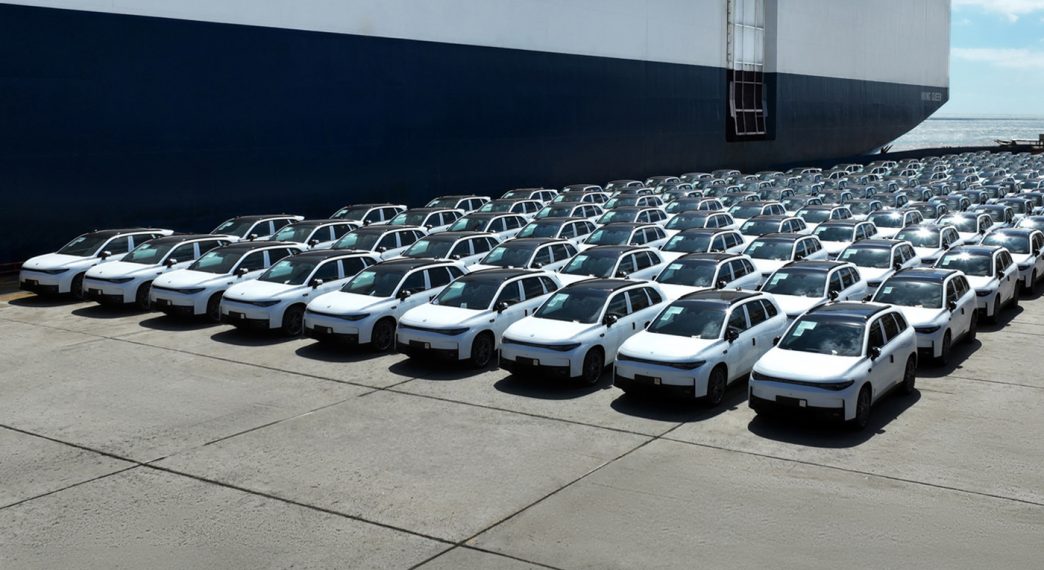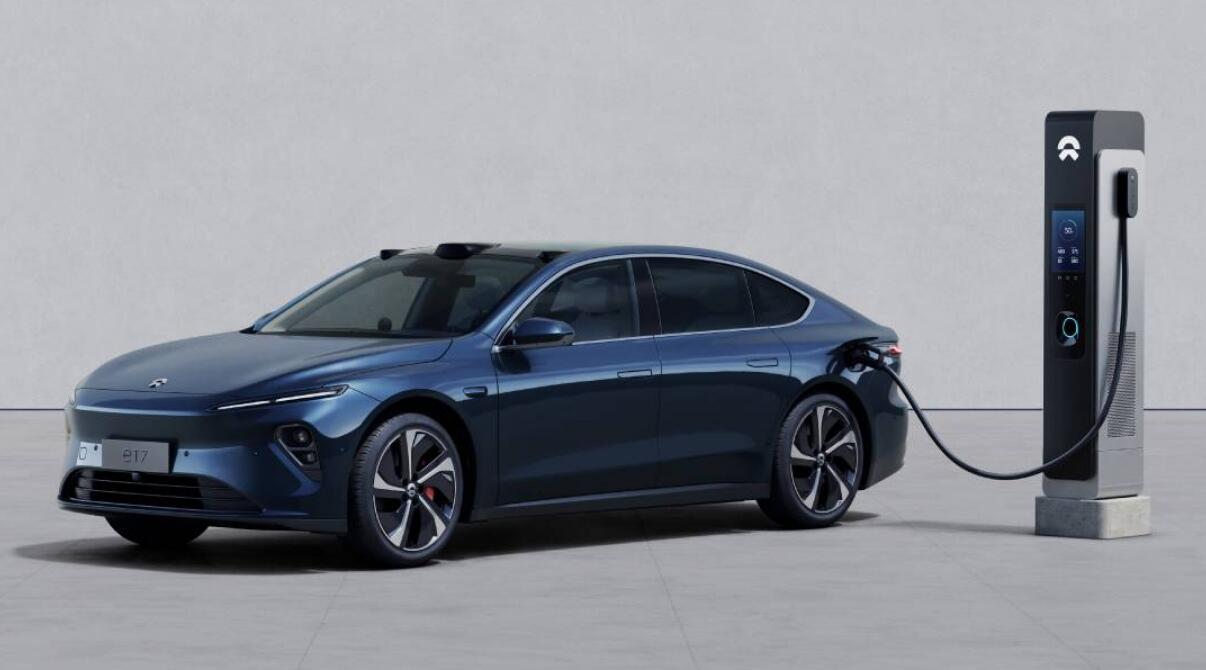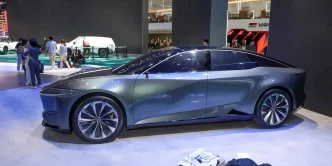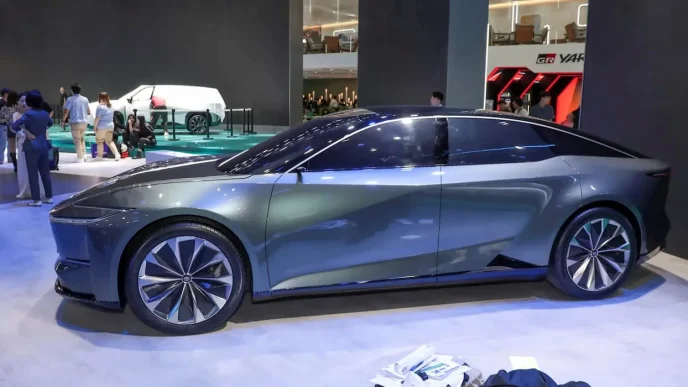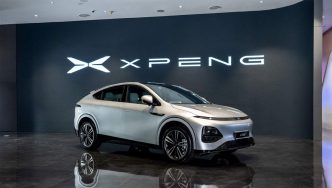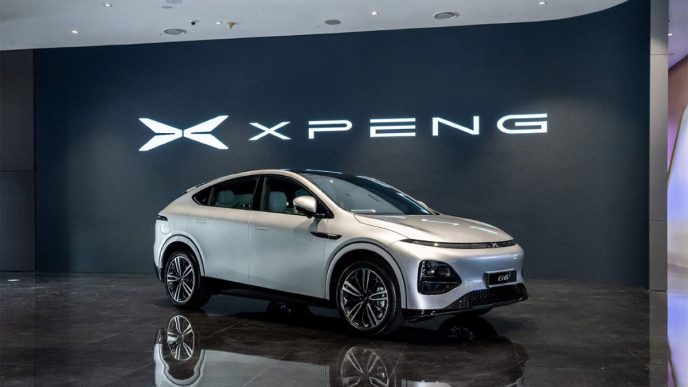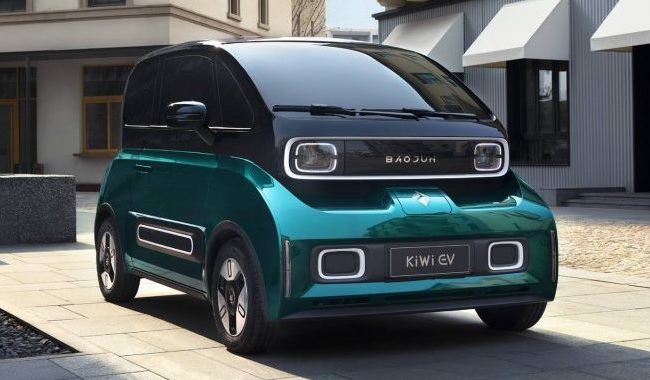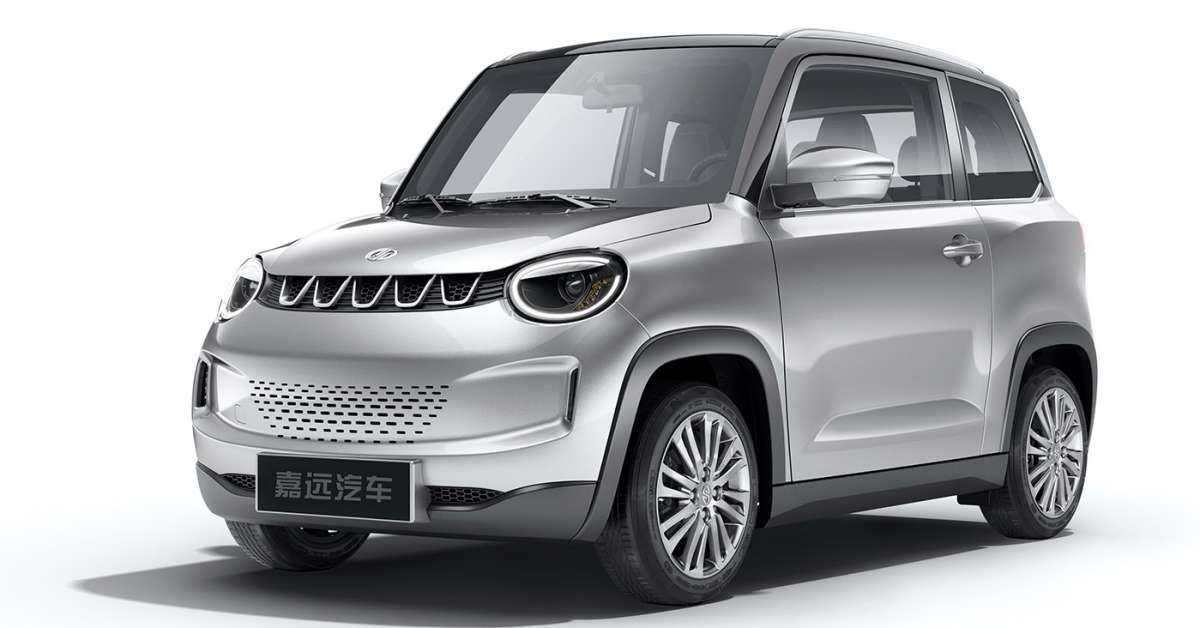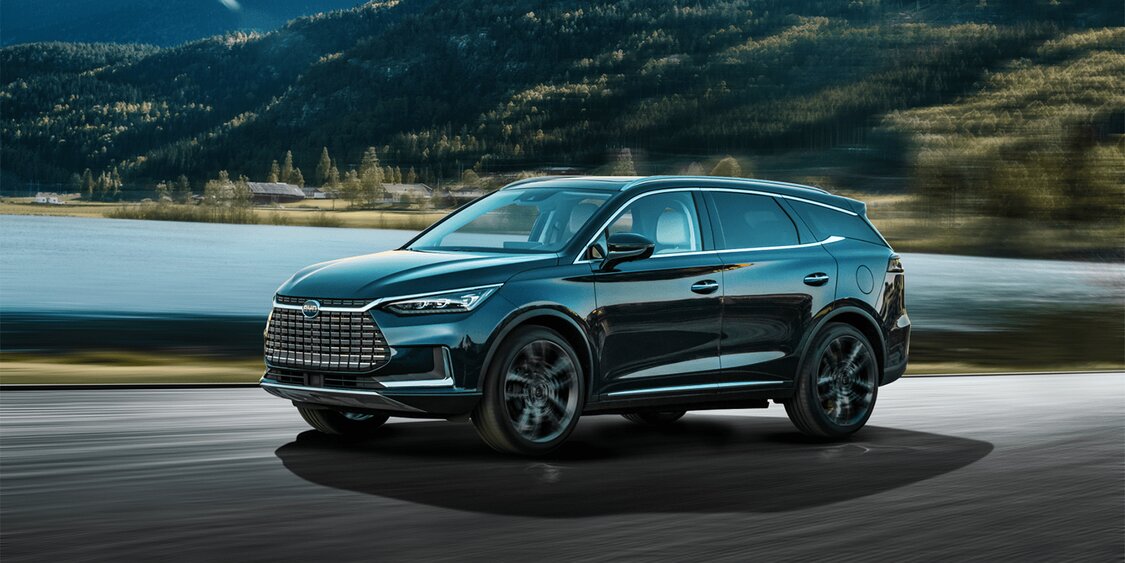Chinese passenger car exports are projected to reach 4.5 million units in 2024, a 29% year-on-year increase, according to market researcher Canalys.
However, the growth rate for battery electric vehicle (BEV) exports is expected to slow significantly due to European Union tariff policies and reduced demand for new energy vehicles (NEVs).
China’s BEV exports are estimated at 860,000 units for the year, marking just a 9% increase. The contribution of BEVs to total Chinese car exports is anticipated to fall from 22.5% in 2023 to 19.0% in 2024.
In contrast, plug-in hybrid electric vehicles (PHEVs) and hybrid electric vehicles (HEVs) are gaining momentum, with their export volumes reaching 310,000 and 240,000 units, respectively—a milestone after three years of consistent growth.
“Latin America and Europe are driving the rise in hybrid vehicle exports from Chinese brands,” Canalys noted. While Europe remains a vital market for Chinese NEVs, its share of China’s total car exports has declined due to the EU’s anti-subsidy tariffs, which went into effect in late October.
These tariffs, ranging from 7.8% to 35.3%, disproportionately affect Chinese BEVs but exclude hybrids, encouraging automakers to pivot their strategies.
Despite the challenges, Chinese manufacturers are diversifying their offerings with hybrid models to meet local demand and circumvent tariffs. Canalys emphasized that these efforts are building brand recognition and positioning Chinese automakers for future rebounds in NEV demand, keeping Europe a core market in their global strategy.


